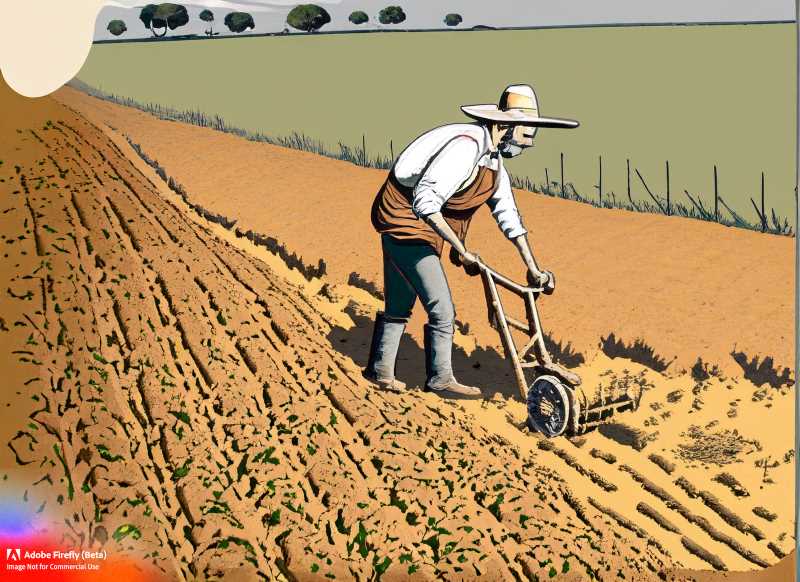How Besana Connects Mexico's Farmers to Ancient Traditions
The ancient agricultural tradition of besana in Mexico. Explore the significance, history, and modern-day relevance of this parallel furrow technique, rooted in sustainable land management and cultural heritage.

In Mexico's diverse cultural landscape, certain traditions serve as profound reminders of the nation's historical roots. One such tradition is "besana," an intriguing agricultural technique with ancient origins. Derived from the Latin word "versre," meaning "to return," besana involves the creation of parallel furrows using a plow. This article delves into the significance, history, and relevance of besana in modern-day Mexico, shedding light on its enduring presence in the country's agricultural practices.




